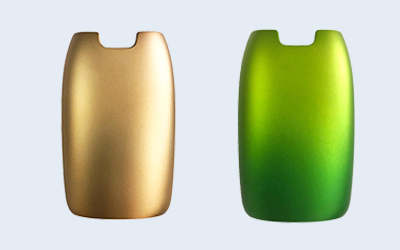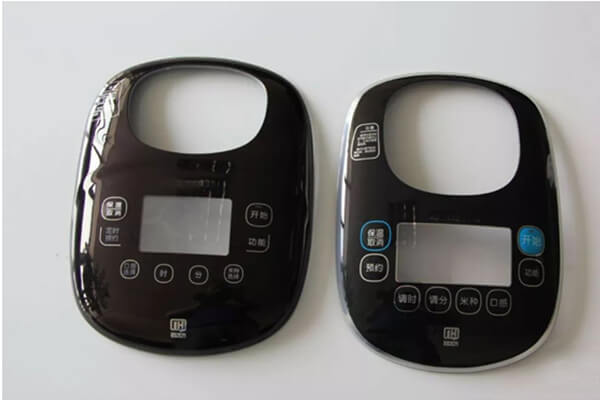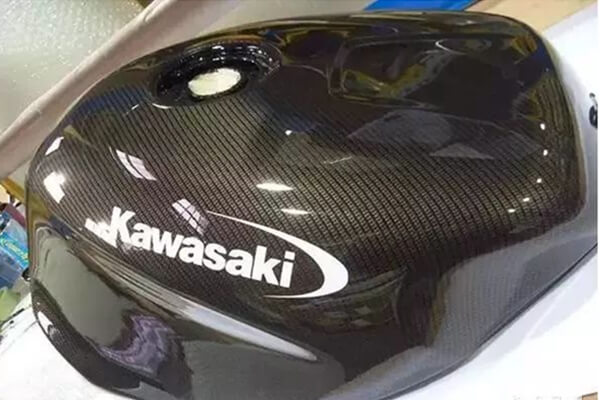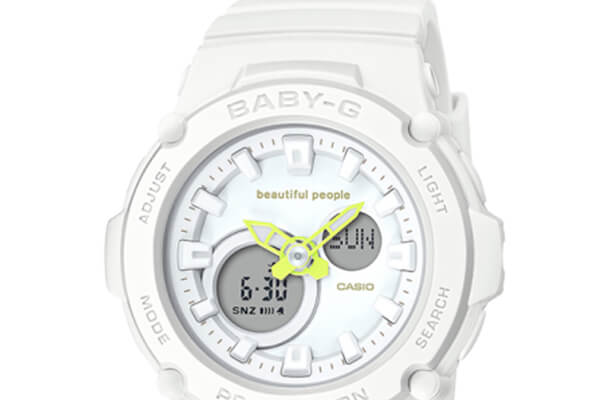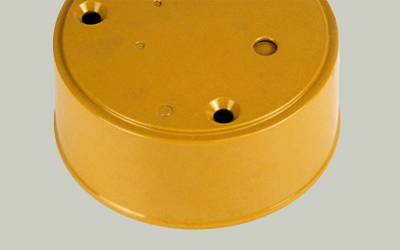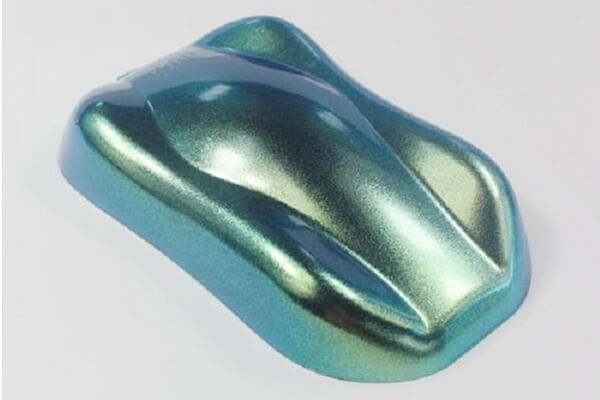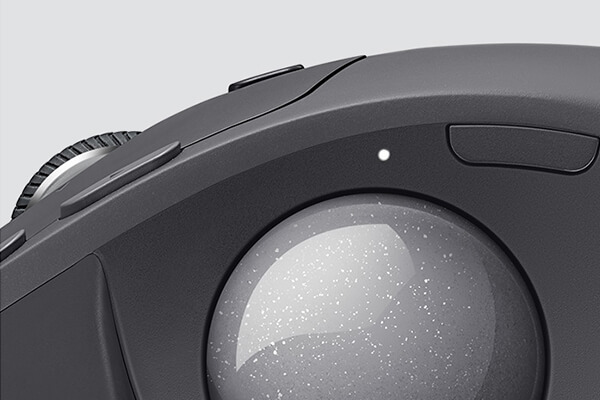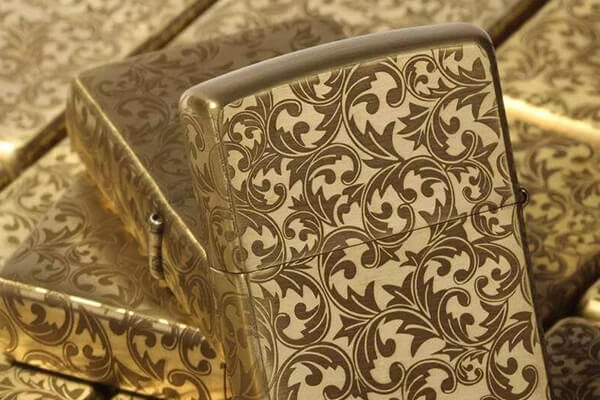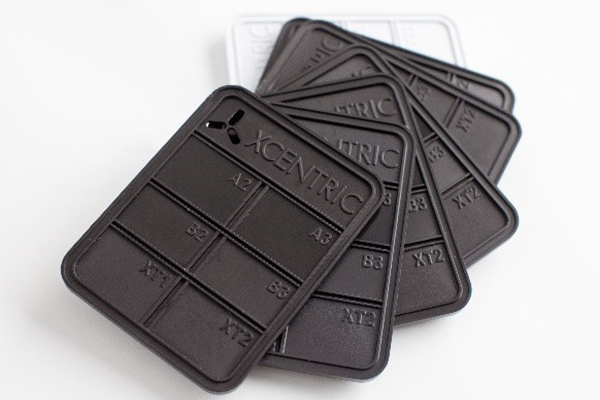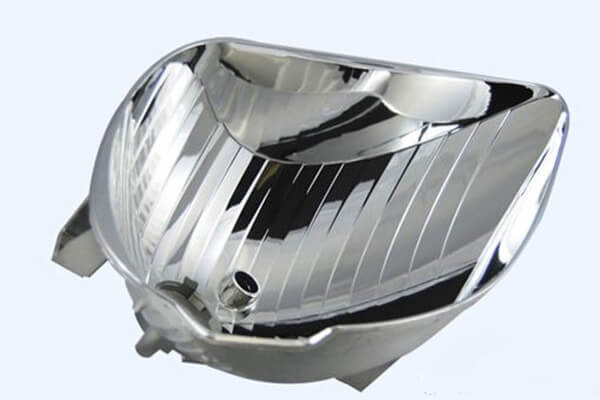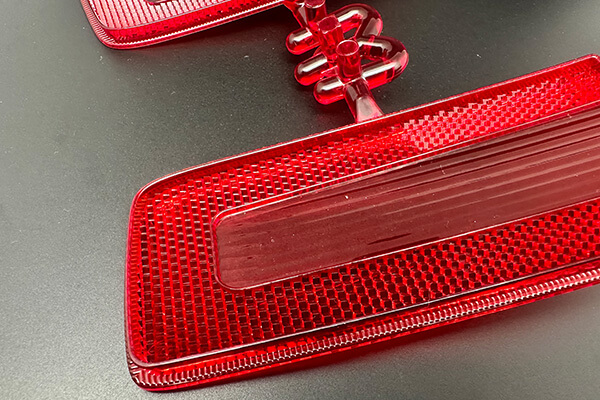Amazing Post-Processing for Plastic Injection Molding
What is Post-Processing for Plastic Injection Molding?
Post-processing for plastic injection molding refers to the final treatment or coating applied to the outer surface of a plastic product to enhance its appearance, texture, and durability. It can significantly alter the visual and tactile qualities of the plastic surface, giving it the desired aesthetic or functional properties. Plastic surface finishes can range from glossy or matte coatings to textured or patterned surfaces, and even metallic or holographic effects, depending on the desired outcome and application. Plastic surface post-processes are critical in modern manufacturing and are a valuable tool for the injection molding industry to create attractive and long-lasting plastic products.
Sungplastic offers a wide range of customization and protection options, and we will select the appropriate surface finish technology based on the product’s characteristics to meet functional and aesthetic goals, ensuring the final product meets your expectations.
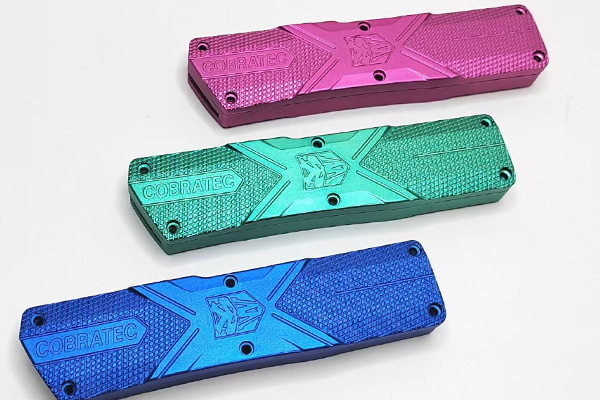
Benefits of Plastic Injection Molding Post-processing
Injection molding surface post-processing is an important aspect of the manufacturing process, and it goes beyond aesthetics. While they are often associated with enhancing the visual appeal of plastic parts, they also serve other important functional purposes. By carefully considering a product’s functional requirements, plastic molders can leverage surface post-processing to optimize the overall performance and usefulness of plastic parts. Here are some key benefits of injection molding surface post-process:
-
- Reducing Friction:
Plastic surface treatments can be used to reduce friction between plastic parts, making them smoother and easier to assemble or disassemble. - Improved Wear Resistance:
Certain surface post-processing, such as textured or patterned surfaces, can enhance the wear resistance of plastic components. - Gasketing and Sealing:
Plastic surface post-process can create a tighter seal when plastic parts need to be joined together or form a seal with other materials. - Electrical Insulation:
Some surface coating can improve the electrical insulation properties of plastic parts, which is crucial in electrical and electronic applications to prevent electrical conduction or interference. - Noise Reduction:
Texture and patterned surface finishes can help reduce noise generated by moving parts. - Improved Grip:
Textured or embossed surface finishes can enhance grip, making it easier for users to handle or manipulate plastic products. - Minimizing Light Reflection:
Matte or anti-glare finishes can reduce light reflection on plastic surfaces, which is useful in applications where glare can impair visibility. - Chemical Resistance:
Certain surface coatings can provide resistance to chemicals and harsh environments, ensuring that the plastic parts maintain their integrity and functionality when exposed to corrosive substances. - Improved Mold Release:
Surface finishes can aid in the smooth and consistent release of molded parts from the mold cavity, reducing the likelihood of defects and ensuring the integrity of the finished product.
- Reducing Friction:
Common Post-processing for Plastic Injection Molding
Applying plastic surface post-processing is a crucial step in enhancing the aesthetics, functionality, and durability of plastic products. Various techniques can be employed to achieve different surface effects, depending on the desired outcome and the specific requirements of the application. Here are some common techniques for applying plastic surface finishes and post-processing:
Mold Texture
The mold itself can be designed with textures or patterns to impart specific plastic surface finishes to the molded plastic. Textures can range from fine grain to coarse patterns, and they can be used to create a variety of tactile and visual effects. Common mold textures include leather grain, matte, gloss, or custom patterns based on the application.
Chemical Etching
Chemical etching involves the use of chemical agents to modify the surface of the mold cavity. This method can create micro-roughness or specific textures on the molded part’s surface. It’s often used for applications where a precise texture or pattern is required.
Laser Etching and Engraving
High-precision laser beams are used to remove or modify material from the plastic surface, creating detailed designs, textures, or markings.
Abrasive Blasting
Abrasive blasting, such as sandblasting or bead blasting, involves propelling fine particles against the mold surface to create a textured or matte finish on the plastic part. This method can be used to achieve a consistent and uniform texture.
Polishing
Polishing is the process of buffing the mold cavity to create a smooth and glossy surface finish on the molded plastic part. It is commonly used for applications where a high-gloss appearance is desired, such as automotive interior components or consumer electronics.
Chemical Surface Treatment
A thin layer of metal, such as aluminum or chrome, is deposited onto the plastic surface using a vacuum coating process, creating a metallic appearance. These treatments can include chemical baths, coatings, or flame treatment to achieve specific surface characteristics.
Texture Inserts
Texture inserts or inserts with specific surface patterns can be placed in the mold cavity before injection molding. These inserts transfer their texture to the molded plastic, allowing for precise and consistent surface effects.
In-Mold Decoration (IMD)
IMD is a process where a pre-printed or decorated film is placed in the mold cavity before injection molding. The plastic adheres to the film, transferring the design or texture to the part’s surface. IMD is commonly used for decorative and branding purposes.
Coatings
After molding, coatings such as paint, clear coats, or specialized protective finishes can be applied to achieve the desired surface finish. These coatings can enhance gloss, add texture, or provide additional functionality, such as UV resistance.
Hot Stamping
Description: Foil or film with a design or metallic finish is transferred to the plastic surface using heat and pressure.
Heat Transfer Printing
A design is printed onto a heat-sensitive transfer film, which is then applied to the plastic surface using heat and pressure, transferring the design onto the product.
Hydrographics (Water Transfer Printing)
A water-soluble film with a pattern or design is floated on water. The plastic part is dipped into the water, and the film adheres to the part’s surface, transferring the pattern.
Pad Printing
Ink is transferred from an engraved metal plate onto the plastic surface using a silicone pad.
Printing and Labeling
Graphics, logos, text, and designs are printed directly onto the plastic surface using techniques such as pad printing, screen printing, or digital printing.
Material Selection to Achieve Injection Molding Post-processing
Selecting the right plastic and resin material for achieving a desired plastic surface effects is a crucial step in the manufacturing process. Different materials have varying compatibility with surface finishing techniques and may yield different results in terms of appearance, durability, and texture. Here are some considerations for material selection when aiming to achieve a specific plastic surface post-process:
Base Material Compatibility
The base plastic material should be compatible with the chosen surface finishing technique. Some surface finishes may not adhere well to certain plastics, leading to adhesion issues or reduced finish quality. Consult with material suppliers or finish specialists for recommendations on compatible combinations.
Transparency or Opacity
Consider whether the finished part needs to be transparent, translucent, or opaque. This can impact material selection, as different plastics have varying optical properties that affect how light interacts with the surface.
Texture and Pattern Requirements
The texture or pattern desired on the surface can influence material selection. Some materials are more conducive to embossing or debossing, while others are better suited for smooth or textured finishes.
Color and Appearance
The base material’s color and how it accepts pigments or dyes should align with the desired final appearance. Some plastics readily accept colorants, while others may require specialized processes.
Mechanical Properties
Consider the mechanical properties required for the finished part, such as strength, flexibility, or impact resistance. Ensure that the chosen material meets these functional requirements in addition to the surface finish needs.
Thermal Properties
Surface finishing processes may involve exposure to heat, so select a material that can withstand the required temperatures without deformation or degradation.
Chemical Resistance
If the finished part will be exposed to chemicals or environmental factors, choose a material that offers appropriate chemical resistance to maintain both the surface finish and the part’s integrity.
UV Stability
For outdoor applications or products exposed to sunlight, select a material with good UV stability to prevent fading, yellowing, or deterioration of the surface finish.
Cost and Production Considerations
Material costs, processing compatibility, and ease of manufacturing should be factored into material selection to ensure economic viability.
Prototype Testing
Before full-scale production, it’s often beneficial to conduct prototype testing to evaluate the chosen material’s suitability for achieving the desired surface finish.
Surface Post-processing on Different Plastic Materials
When selecting a material for a specific plastic surface post process, it is important to consider factors such as the material’s compatibility with the chosen finishing technology, required visual and tactile qualities, mechanical properties, and more. Before choosing a suitable injection molding post-processing of your product, you can consult Sungplastic’s professional team and we will provide you with valuable advice on material selection to achieve the plastic surface effect required for your specific application. Here are some common materials suitable for different plastic surface post-process:
-
- Acrylonitrile Butadiene Styrene (ABS):
ABS is versatile and can be used for a wide range of finishes, including high-gloss, matte, and textured surfaces. - Polycarbonate (PC):
PC is suitable for high-gloss, transparent, and impact-resistant finishes. - Polyethylene (PE):
PE is often used for textured or matte finishes. - Polypropylene (PP):
PP can be used for matte and textured finishes. - Polyethylene Terephthalate (PET):
PET is suitable for clear, glossy, and smooth finishes. - Polystyrene (PS):
PS can be used for high-gloss, clear, and smooth finishes. - Polyvinyl Chloride (PVC):
PVC can be used for a variety of finishes, including glossy, matte, and textured surfaces. - Polyurethane (PU):
PU is versatile and can be used for smooth, glossy, or soft-touch finishes. - Thermoplastic Elastomers (TPE):
TPEs can achieve a range of finishes, including soft-touch, textured, and rubberized surfaces. - Nylon (Polyamide, PA):
Nylon can be used for textured, matte, or semi-gloss finishes. - Polyether Ether Ketone (PEEK):
PEEK can be used for smooth, high-performance finishes. - Polyoxymethylene (POM):
POM is suitable for smooth, glossy finishes. - Acetal Copolymer (Acetal, POM-C):
Acetal can achieve smooth, glossy finishes.
- Acrylonitrile Butadiene Styrene (ABS):
Successful Application Examples of Plastic Part Post-processing
Plastic surface post-processing plays a significant role in various industries, enhancing both the aesthetics and functionality of products. Whether it’s for improving aesthetics, enhancing functionality, or ensuring product durability, surface finishes play a crucial role in meeting customer expectations and industry standards. For example, plastic injection molding post-processing is successful in industries such as automobiles, LED lighting, tools, and more:
Automobile Industry:
-
- Interior Components: In automotive interiors, plastic surface treatments like soft-touch coatings are used on dashboards, steering wheels, and control panels to provide a comfortable and premium feel.
- Exterior Trims: Exterior plastic trims, such as grilles, mirrors, and door handles, often feature chrome-plated or metallic finishes created through vacuum metallization.
- Headlamp Lenses: UV-resistant coatings are applied to plastic headlamp lenses to protect against yellowing and deterioration while maintaining clarity.
LED Lighting:
-
- Light Diffusers: Matte or frosted finishes are applied to plastic light diffusers to evenly disperse light and reduce glare, enhancing the quality of LED lighting fixtures.
- Housings: High-gloss coatings are used on plastic LED housing components to provide an attractive and reflective surface while protecting against environmental factors.
Consumer Electronics:
-
- Smartphone Cases: Textured and soft-touch coatings are commonly applied to smartphone cases for improved grip and a luxurious feel.
- Keyboards and Keypads: Silicone rubber keypads with laser-etched markings provide durability and tactile feedback in electronic devices.
Tools and Equipment:
-
- Hand Tool Grips: Injection-molded plastic handles on tools, such as screwdrivers and pliers, feature textured surfaces or ergonomic soft-touch coatings for enhanced grip and comfort.
- Power Tool Housings: High-impact resistance and durability are achieved through plastic surface treatments like reinforced coatings on power tool housings.
Packaging Industry:
-
- Bottles and Containers: Plastic packaging materials may have clear, high-gloss finishes for a premium look or textured surfaces to enhance grip and aesthetics.
- Cosmetic Packaging: Decorative techniques like hot stamping and embossing are used on cosmetic packaging to create luxurious and visually appealing designs.
Medical Devices:
-
- Instrument Housings: Plastic surfaces on medical devices are often treated with antimicrobial coatings to maintain sterility and reduce the risk of cross-contamination.
- Handles and Grips: Soft-touch and non-slip coatings on medical device handles improve user comfort and control during procedures.
Furniture and Interior Design:
-
- Furniture Components: Wood grain and textured finishes on plastic components provide the appearance of real wood, enhancing the aesthetics of furniture.
- Architectural Elements: Plastic wall panels and decorative elements with custom surface finishes contribute to interior design, offering both functionality and style.
Sports and Recreation:
-
- Sporting Equipment: Textured or rubberized surfaces on equipment handles, grips, and sporting goods enhance user experience and performance.
- Recreation Products: Textured or embossed finishes on plastic components improve safety and aesthetics in playground equipment and outdoor furniture.
Custom Plastic Injection Molding Service–Sungplastic
As we all know, the aesthetic appeal of a product often depends on its appearance and the user’s touch. Plastic surface finish plays a key role in successful part design. Through injection molding post-process for plastic products, it helps to increase or reduce the roughness of the parts to achieve an eye-catching effect.
Sungplastic is an experienced injection molding manufacturer in China. We provide plastic injection molding services together with overmolding and insert molding. If you want to develop a new product, our rapid prototyping and fast tooling services will support you. No matter what kind of surface effect you need, no matter the quantity, we can provide you with on-demand manufacturing services and we have the expertise and technology to meet your expectations.
Get a free quote and design analysis today.
We’ll reply to you within 6 working hours.
We respect your privacy.
+86 139 2927 4777 (WhatsApp, Wechat)

